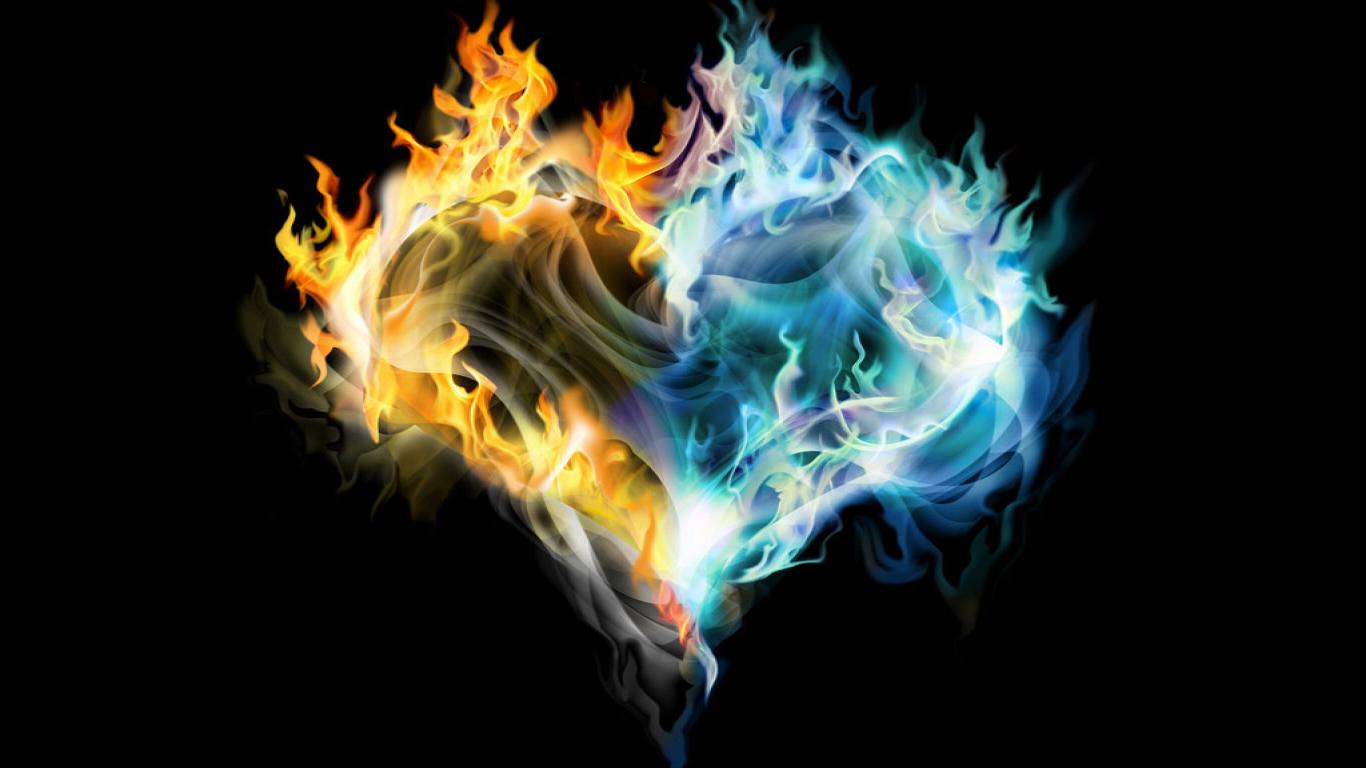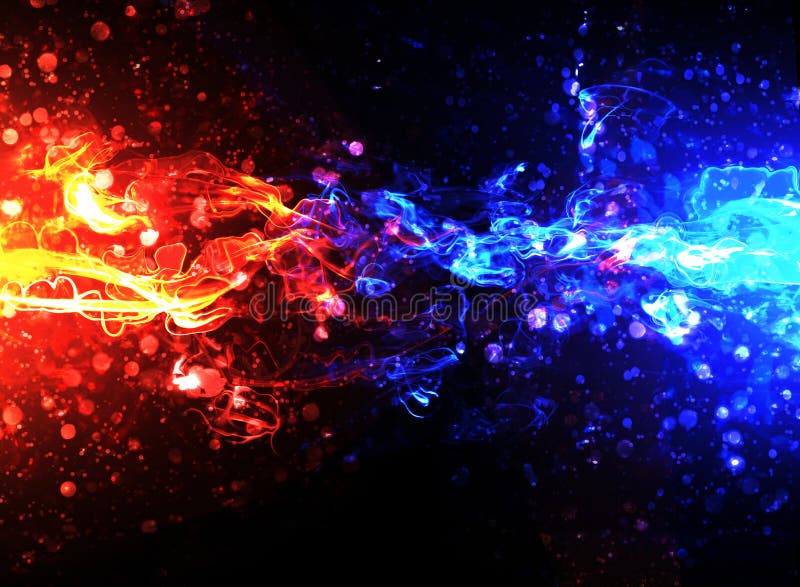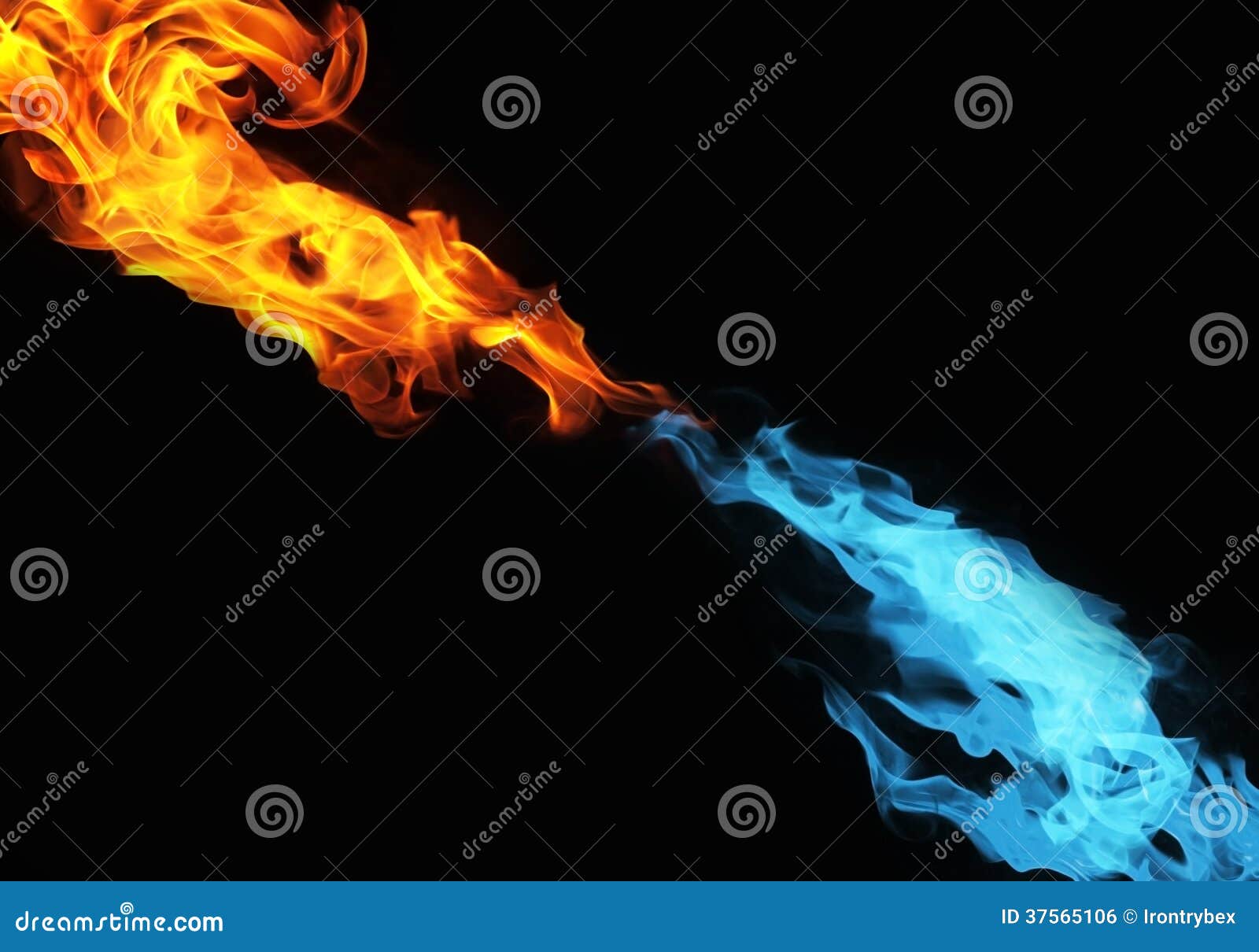

BLUE FIRE VS RED FIRE PROFESSIONAL
Long streaks of any color, such as yellow, orange, or green means your furnace needs adjustment or cleaning from a professional HVAC technician. If your flame is yellow or orange, or if you see pops of yellow or orange, that is a sign that you have a combustion problem that should be addressed by a professional. Blue flames are hotter and indicate more complete combustion. A blue flame indicates safe and efficient combustion, meaning that the gas is being burned efficiently and not being wasted. A healthy natural gas furnace flame is characterized by a roaring blue flame with a light blue triangle in its center. The burner flames from your natural gas furnace should look blue or almost completely blue.

If you notice that the flames are flickering or if they are any other color than blue, you should shut off your heating system immediately and call a professional.įlickering flames and incorrect flame colors (anything other than blue) are indications that your furnace is leaking wasting energy and leaking carbon monoxide. The color and behavior of the flames can be a good indicator of the health of your heating system. The flame color indicates whether or not your furnace is burning its fuel safely and efficiently or not.įor homes with furnaces that burn fuel, it’s always a good idea to check out the flame on the burner on a regular basis. Blue flames indicate that all the carbon has been burned and there is no particulate matter to illuminate.Ĭall Fire Control Systems today for your fire risk assessment! We provide all fire safety services, instruction and training needed for your building.Keeping your furnace in healthy working is essential for ensuring safe and efficient operation. This is a perfectly normal color for most traditional fuel sources and is the best colors for grilling and smoking meats with the greatest flavor. When some of the unburned carbon compounds are released into the flames the color is an orange-yellow. As the fire burns, some of the carbon-containing fuel sources may not burn completely. The particles are illuminated by the flames creating the appearance of orange flames. When any carbon-containing fuel source is burned, minute carbon particles are released in the flame. It comes from the burning of carbon which is found in wood, paper, charcoal, gas, etc. Orange is the most common color for flames. At 2192-2552☏ the flames turn yellow and if they get hotter the flames become blue-violet. A red glow is produced when temperatures are about 932☏. Temperatures gradually rise during combustion and flames occur once the temperature rises to the point for the fuel to vaporize and combine with oxygen. Most fires are the result of a chemical reaction between a fuel and oxygen called combustion. When all flame colors combine, the color is white-blue which is the hottest. While blue represents cooler colors to most, it is the opposite in fires, meaning they are the hottest flames. Hotter fires burn with more energy which are different colors than cooler fires.Īlthough red usually means hot or danger, in fires it indicates cooler temperatures.

The colors in the flames represent the different substances that are undergoing combustion in the fire. The flames of a fire have several different colors.


 0 kommentar(er)
0 kommentar(er)
